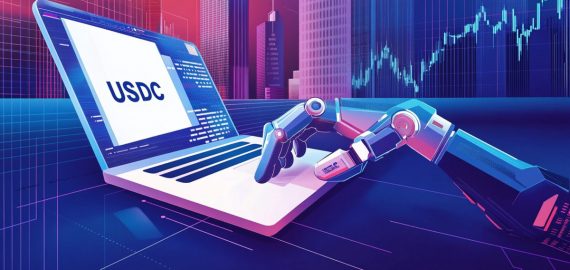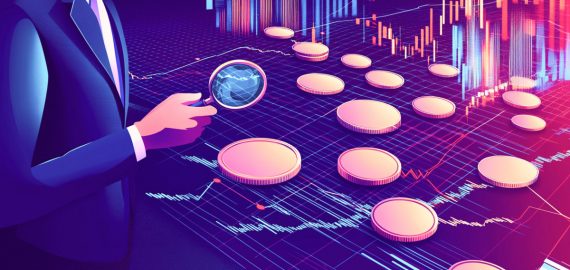The Potential of Distributed Ledger Tech: How TradFi Can Save $100B a Year


In Brief
The Global Financial Markets Association reports that regulators need to take distributed ledger technology more seriously.
Global Financial Markets Association says regulators must pay more attention to distributed ledger technology (DLT).

$100 billion a year or more could be saved if DLT is used in traditional markets, according to a new report from the Global Financial Markets Association (GFMA).
In a May 16 report, the traditional finance sector lobby group, along with international consulting firm Boston Consulting Group and others, asked regulators and traditional financial institutions to take a more serious look at the upsides of the technology.
A blockchain is a distributed ledger that records and tracks transactions and digital information. GFMA’s Chief Executive, Adam Farkas, said distributed ledger technology holds promise for driving growth and innovation. Regulatory oversight and resilience measures currently in place should not be ignored or prevented from working.
A $100 billion reduction in collateral processes in derivatives and lending markets could be achieved using distributed ledgers, the report said. Moreover, the reduction of overheads by $20 billion each year using smart contracts to automate and shore up the process of clearing and settlements could be achieved.
About DLT
The impact of DLT on various market elements is listed in parentheses. Clearing and settlements are the systems that stand to gain the most from implementing DLT at some level, followed closely by custody and asset servicing.
In primary markets and secondary trading, the tech had less of an impact on the market. However, tokenization in these markets could see better risk mitigation and deeper liquidity, according to the research of Boston Consulting Group. The European securities clearing firm Euroclear — which boasts about $40.9 trillion (37.6 trillion euros) of assets — has been working on developing DLT settlements. On March 23, it announced that it would look to integrate DLT into its financial procedures.
A national blockchain center is being created to train half a million specialists. It is still too early to consider DLT in existing financial systems, however. In November 2022, the Australian Securities Exchange abandoned its plans to update its 25-year-old clearing and settlements system with DLT, leaving a $170 million hole in its books.
According to Citi investment bank’s latest report, the global market for tokenized blockchain-based assets could reach a staggering $5 trillion by 2030.
Read more related articles:
- Bain & Company Partners With OpenAI to Distribute its AI Tech to Clients
- Ledger Partners With Ambush for a Ledger Stax Case
- Accumulation/distribution Indicator
Disclaimer
In line with the Trust Project guidelines, please note that the information provided on this page is not intended to be and should not be interpreted as legal, tax, investment, financial, or any other form of advice. It is important to only invest what you can afford to lose and to seek independent financial advice if you have any doubts. For further information, we suggest referring to the terms and conditions as well as the help and support pages provided by the issuer or advertiser. MetaversePost is committed to accurate, unbiased reporting, but market conditions are subject to change without notice.
About The Author
Nik is an accomplished analyst and writer at Metaverse Post, specializing in delivering cutting-edge insights into the fast-paced world of technology, with a particular emphasis on AI/ML, XR, VR, on-chain analytics, and blockchain development. His articles engage and inform a diverse audience, helping them stay ahead of the technological curve. Possessing a Master's degree in Economics and Management, Nik has a solid grasp of the nuances of the business world and its intersection with emergent technologies.
More articles

Nik is an accomplished analyst and writer at Metaverse Post, specializing in delivering cutting-edge insights into the fast-paced world of technology, with a particular emphasis on AI/ML, XR, VR, on-chain analytics, and blockchain development. His articles engage and inform a diverse audience, helping them stay ahead of the technological curve. Possessing a Master's degree in Economics and Management, Nik has a solid grasp of the nuances of the business world and its intersection with emergent technologies.


















































